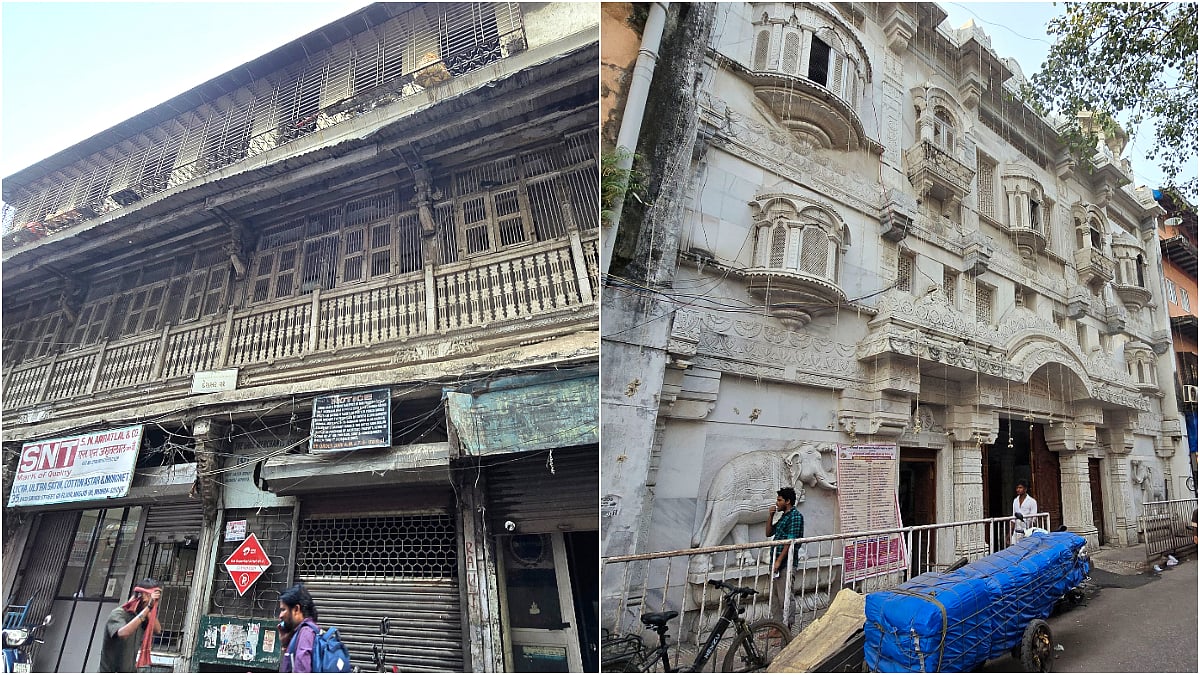Mumbai: The COVID-19 situation in Mumbai, despite the obvious large numbers, is slowly coming under control. An important parameter to track the progress of the pandemic is the effective reproduction number or R which measures the transmission potential of a disease. Interestingly, a research by the Dr Neeraj Hatekar, Professor of Econometrics, Mumbai University and Pallavi Belhekar, Professor of MMK College of Commerce and Economics said that Mumbai has a low R at 1.37 which is lower than that of Kerala, a success story in the context of control over COVID-19.
‘’The problem is that Mumbai has a very large number of cases compared to Kerala or other districts in Maharashtra. Thus, Mumbai’s problem is not its rapidly expanding epidemic but its large base which generates large numbers even if the infection rate is lower than that in many districts of the state,’’ said Hatekar and Belhekar.
The research pointed out that the highest R of around 3.5 is not observed in Mumbai, Thane and Pune but in the tribal-dominated districts of Gadchiroli, Chandrapur and relatively underdeveloped Beed and Osmanabad districts in Marathwada. Three districts of Vidarbha, five from Marathwada and two from Western Maharashtra have higher than average reproduction number of R.
Hatekar told FPJ, "They have restricted analysis of districts where there have been at least 10 cases cumulatively and where at least 15 days have elapsed from the time of having 10 cases. They have computed the reproduction number for May 31 and on the x-axis, they have the number of cases."
The research further notes that Pune, Aurangabad and Nagpur are all in the quadrant with low R and high doubling period. On the other hand, Osmanabad, Chandrapur, Kolhapur, Parbhani, Satara, Jalna, Latur, Raigad and Palghar, which are in the desirable zone of having low doubling rates and high reproduction number.
Mumbai, which is on the lower boundary of the desirable zone and with the improvement in its doubling rate, will soon be in the desirable zone. Though Kerala has an R that is slightly higher than of Mumbai, its doubling rate is higher than of Mumbai. This puts Kerala into the desirable quadrant. But Nashik is outperforming Kerala while Nagpur is a close competitor.
Hatekar and Belhekar observed that cities like Mumbai, Pune and Nagpur have the infrastructure at least to a greater extent than in the districts, to battle the epidemic. But the tribal and underdeveloped districts would be a different story.
‘’There is now need to look beyond the megapolis where the COVID-19 situation is at an emergent level. Stepping up efforts at contact tracing, testing, quarantine and building up health capacities in certain districts will be necessary. It would be far easier to control the pandemic at this stage with cost-effective and practical methods,’’ said Hetekar.






